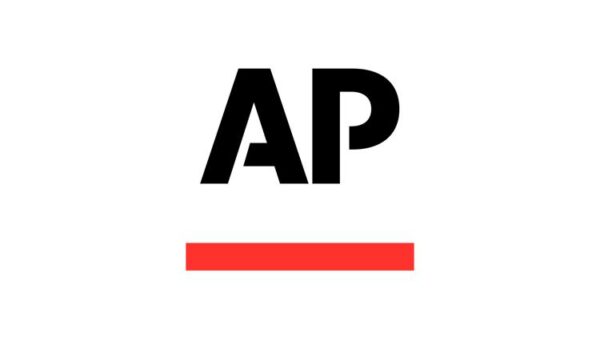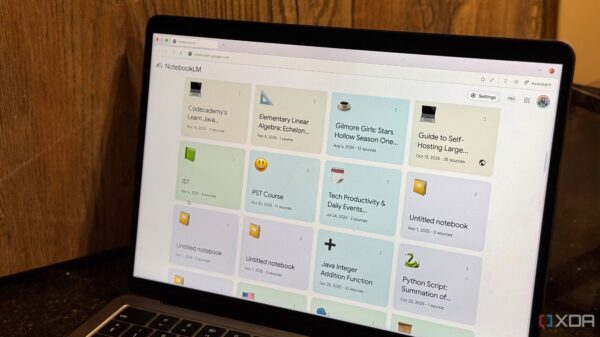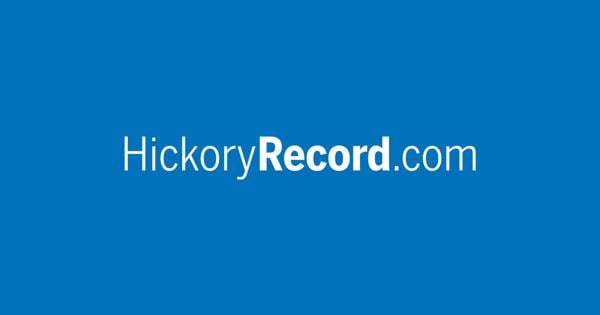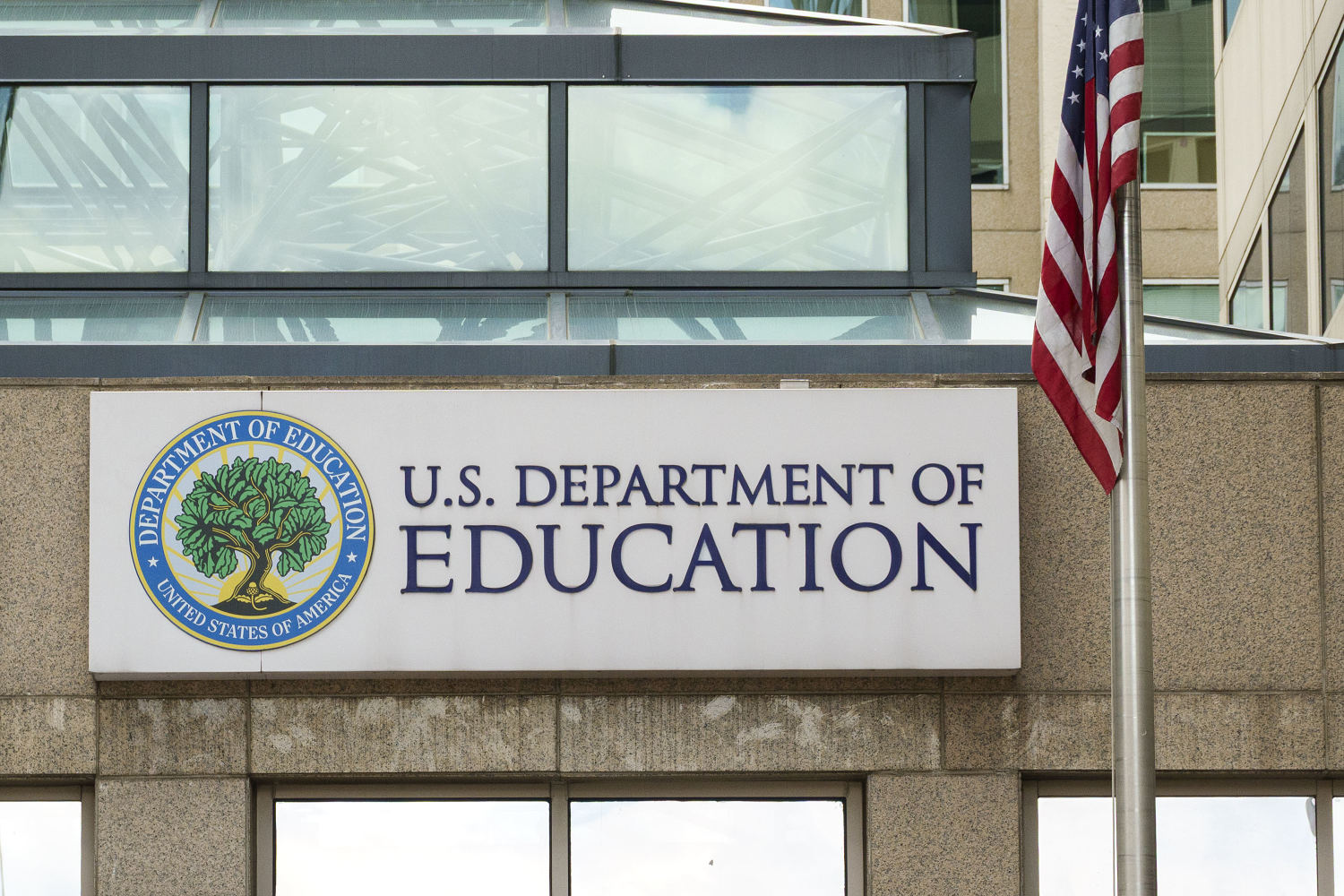Starting in August 2023, federal student loan borrowers may experience an increase in their monthly payments as a result of the conclusion of a relief initiative established during the Biden administration. The income-driven repayment (IDR) plan, known as the SAVE plan, was designed to adjust payments based on a borrower’s income and family size rather than their overall loan balance. This plan, which has benefited around 7.7 million borrowers, also provided loan forgiveness after a set number of years and, for some, reduced monthly payments to as low as $0.
According to the U.S. Department of Education, effective August 1, 2025, benefits associated with the SAVE plan will be revoked, and interest will begin to accrue on existing loans. This change will lead to an increase in loan balances and the requirement for borrowers to make monthly payments on both principal and accrued interest. Earlier this month, the Department of Education began notifying those enrolled in the SAVE plan about the transition to a legal repayment option to facilitate their return to making payments.
U.S. Secretary of Education Linda McMahon emphasized the importance of this transition, urging borrowers in the SAVE plan to swiftly switch to a legally compliant repayment plan, such as the Income-Based Repayment Plan (IBR). Executive Director of the Student Loan Servicing Alliance, Scott Buchanan, indicated that for borrowers who no longer qualify for the SAVE plan, the IBR plan is the most suitable alternative. The IBR plan calculates monthly payments at 15% of a borrower’s discretionary income, in contrast to the SAVE plan, which charged only 5% for undergraduate loans and 10% for graduate loans.
In an upcoming legislative change, the Trump administration’s recently proposed Repayment Assistance Plan (RAP) is set to launch by July 1, 2026. While details on RAP remain limited, it is anticipated that this new IDR option may not necessarily provide lower monthly payments compared to the IBR plan. Research from the Student Borrower Protection Center indicated that a borrower earning $80,000 annually could see payments increase significantly under RAP, with monthly costs estimated at $467, compared to $187 under the current SAVE plan.
As borrowers prepare for these changes, it is crucial for them to utilize the U.S. Department of Education’s repayment estimator tool, which can help determine monthly payments under available repayment plans. This resource also assists in assessing eligibility for various options, guiding borrowers toward achieving their repayment goals.
The upcoming adjustments in student loan repayment represent a significant shift for many individuals relying on federal assistance. As borrowers navigate these changes, understanding their options and the implications of new regulations will be key in managing their financial responsibilities effectively.





































































